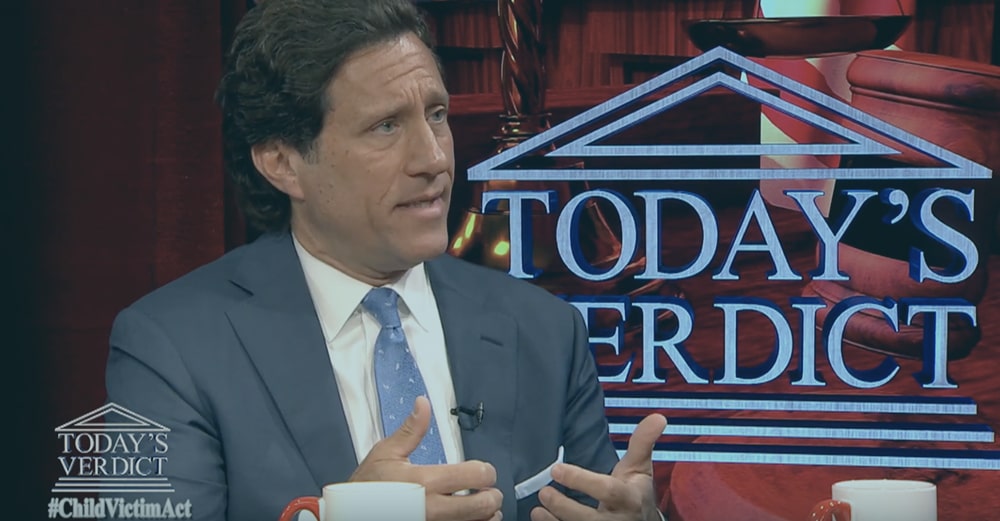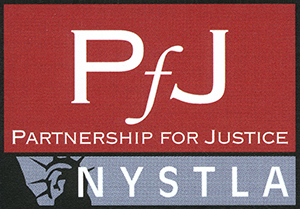Update on Sidewalk Safety & Injury Liability in New York
Posted on December 16th, 2013 by Oddo & Babat, P.C.
With the return of winter weather, the New York City Department of Buildings issued a reminder last week to all property owners, landlords and businesses to clear sidewalks adjacent to their property of snow and ice. NYC Administrative Code 16-123 requires that property owners and landlords who are in charge of any building or lot in the city next to a paved sidewalk remove snow, ice, dirt, fallen leaves, branches and any other debris from the sidewalk within four hours of its appearance. If removal is unsafe or will cause damage to the pavement, the owner is still expected to lay sand, sawdust or another appropriate material down and clean the sidewalk as soon as weather permits.
Unfortunately, each year throughout the five boroughs,
thousands of pedestrians are injured when they fall on slippery sidewalks, suffering from traumatic brain injuries, paralysis,
spinal injuries, broken bones, fractures and damage
to nerves and cartilage – especially in vulnerable joints
like knees, elbows, wrists and shoulders.
Unfortunately, each year throughout the five boroughs, thousands of pedestrians are injured when they fall on slippery sidewalks, suffering from traumatic brain injuries, paralysis, spinal injuries, broken bones, fractures and damage to nerves and cartilage – especially in vulnerable joints like knees, elbows, wrists and shoulders. While many of these instances can be attributed to a loss of balance or footing, they can also be caused by the failure of property owners or managers to take necessary safety measures. In addition to the temporary hazards caused by weather, pedestrians are also at risk of injury from an even more common cause of slip and fall accidents: sidewalk defects including cracks, uneven planes, patchwork repairs, missing sections, improper slopes and exposed tree roots as well as hardware defects like poorly installed grates. According to TRIP, a transportation research group based in Washington DC, New York City also has the 6th worst pothole problem of all cities in the United States.
“…In 2003 responsibility for sidewalk injury liability shifted
from the city to property owners. Property owners and landlords must now be able to demonstrate that sidewalks adjoining their premises as well as pedestrian ramps and parking lots are regularly inspected, well-maintained and free of defects.”
While accidents cannot always be prevented, The Department of Transportation has a list of specifications that must be followed by property owners in order to provide reasonably safe sidewalk conditions. Duties include removal of snow and ice, upkeep, fixing broken, uneven and cracked pavement and tending to raised grating that could cause a pedestrian to fall. Previously, the City of New York was responsible for maintaining sidewalks but in 2003 responsibility for sidewalk injury liability shifted from the city to property owners. Property owners and landlords must now be able to demonstrate that sidewalks adjoining their premises as well as pedestrian ramps and parking lots are regularly inspected, well-maintained and free of defects. They must “install, construct, repave, reconstruct or repair” sidewalks to New York City Department of Transportation (DOT) specifications – at their own expense. This change has made it easier for injured individuals to seek compensation for medical costs and other expenses associated with a slip and fall injury when negligence is involved. While the DOT Sidewalk Repair Program replaces more than 2 million square feet of sidewalk each year, they now focus most of this work on city-owned property and only address about 1% of the city’s total sidewalk area each year. DOT relies on property owners to maintain the rest of the sidewalks.
Prior to 2003, in order to file a claim against the city, an individual was required to give actual notice of the defect: written proof that the property owner knew of the condition for a sufficient enough time to have fixed it.
Now only constructive notice is required: proof that the condition existed long enough for the property owner to be aware of it. Property owners are also now required to purchase insurance for personal injury and property damage resulting from improper sidewalk maintenance.
when injury could have been prevented by proper maintenance, the victim may receive compensation for medical expenses and other costs associated with the incident.
Of course, not all slip and fall accidents are a result of property owner negligence, but when injury could have been prevented by proper maintenance, the victim may receive compensation for medical expenses and other costs associated with the incident. Anyone who suffers a trip and fall due to poor maintenance by a property owner should get prompt medical assistance and report what caused the fall immediately. Waiting for too long often means there are no witnesses and no documentation of treatment sought at the time of the accident.
If you or someone you know has suffered from injuries due to unsafe conditions on sidewalks and parking lots, the experienced New York attorneys at, Oddo & Babat can help you. Don’t hesitate to contact us or call us at 212-642-0950 to discuss your case.
Additional Resource: http://www.nyc.gov/html/law/html/home/home.shtml


 I consulted with David the first time a couple of years ago on a serious matter that affected a very close member of my family. Not expecting a good experience from this serious situation coupled with an attorney consultation, the entire thing surprised me as it was pleasant, professional, and completely successful. We found him clear, direct, generous and extremely knowledgeable throughout the process. I give my very strongest recommendation
I consulted with David the first time a couple of years ago on a serious matter that affected a very close member of my family. Not expecting a good experience from this serious situation coupled with an attorney consultation, the entire thing surprised me as it was pleasant, professional, and completely successful. We found him clear, direct, generous and extremely knowledgeable throughout the process. I give my very strongest recommendation








